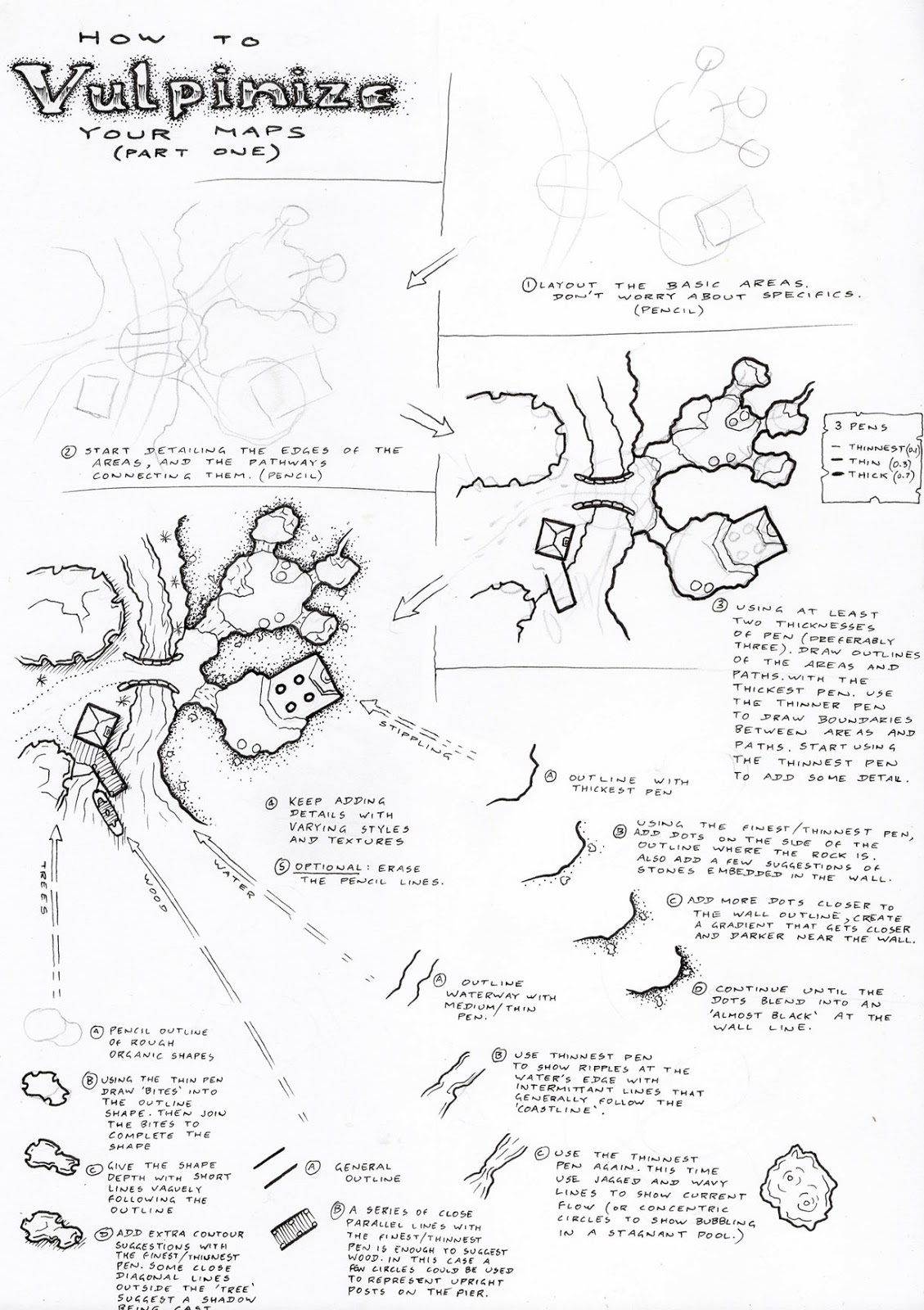Trying to add Depth Without Sacrificing too much Simplicity (again)
Some characters have natural advantages and disadvantages,
regardless of the numbers they roll on dice during the course of a conflict. A
character with hands that resemble animal paws is going to have trouble with
feats that require fine manual dexterity (opposable thumbs were a pretty big
advantage to early humanity), and a character with massive leg muscles (like
maybe a mutant kangaroo) will have a huge benefit when trying to leap heights
or distances. In keeping with the origins of the game (Palladium’s “TMNT and
Other Strangeness”) there will be two levels of mutation away from the “human
norm”, this gives us 3 general degrees for most things: “None”, “Partial”, and
“Full”. To keep things simple, I’m going to state that those characters who
have “None” for their relevant mutation (eg. “Hands” when dealing with fine dexterity)
suffer a loss of 1 full success on their actions. Those characters who have “partial”
mutations simply apply a –d2 to any roll where this are relevant.
One of the things that TMNT never really handled well in my
opinion was the mutant transition where animal forms had no limbs what-so-ever
(eg. snakes). In cases like these, I’m just thinking that certain tasks will be
flat-out impossible. But on the positive side, evolving this far from humanity
will open up new abilities and mutations (and more points with which to buy
them). Another thing that just didn’t make sense in that game is the way that
you can keep a completely human appearance while degrading hands and bipedal
stance down to nothing. One of the common things about watching the “mutant
animal” genre of cartoons (and reading the comics), is that “human appearance”
is almost always one of the first things to go. I’m thinking of making that a
prerequisite before other mutant deviations can occur.
Then we come to the issue of size. I’d like smaller
characters to have an easier chance of hitting larger targets, but to have less
chance of doing significant damage when the hit occurs. Conversely, larger
character should have a harder time connecting their hit with smaller targets,
but when those hits occur they should be correspondingly more powerful. From a
simplistic perspective, the modified chance to hit is equally balanced out by an
equal and opposite damage, so we might not need to worry about this mechanically
at all, instead make it a narrative distinction. That feels like lazy design to
me.
One option to overcome this might be through a comparison of
animal “size classes”, where a smaller character gains a number of advantages
on an action equal to the size differential, but they need to earn a number of
successes equal to size differential in order to actually inflict damage.
Snickers is size class
4, Spot is size class 7. When Snickers attacks Spot (or looks for Spot when she’s
hiding), he gains 3 automatic advantages due to the size differential. These are
gained by Snickers every time he initiates an action against Spot, but may only
be used on actions against Spot (let’s assume he loses all the advantages If he
turns his attention to someone else). Since a single advantage point may be
used to increase a die by d2, and a pair of advantages may be used to add an
automatic success to an action, we can safely assume on average that Snickers
will earn more successes in each strike of the conflict, but that he will need
far more successes to actually deal damage (if that is his intention). It
probably makes more sense for Snickers to play a cunning game against Spot, maybe
leading her into traps that deal damage regardless of size factor, or engaging
in social conflict where issues other than size come into play.
To work through this problem, we might also need to pull in
ideas of how characters might resist incoming negative effects.
I’ve already added in some elemental ideas. These are drawn
from European alchemy and/or Japanese mysticism, they also pull in the concept
that most anime teams feature four or five characters who almost always fit the
elemental stereotypes. Even the TMNT have four members, and a mysterious mentor
who walks a balanced path between them.
Basically…
Air – Speed, Surface Appearances (ability to deal with ephemeral/social
conflict).
Earth – Stability, Resilience (ability to deal with physical
endurance/conflict).
Fire – Passion, Strength (ability to deal with motivation
drains).
Water – Rationality, Thought (ability to deal with rational
debate/puzzles).
(These are also the stances, and generally the “attributes”
of the characters).
I had also considered the idea that a character would have a
higher “virtual air” score when facing a larger opponent (this makes them
quicker in comparison), and a lower “virtual earth” score (this makes them
easier to wound). The reverse would apply when facing smaller opponents. If
this is the case, it would means that “Earth” is used to absorb physical
wounds, similarly “Fire” might be used to absorb attacks on a character’s
motivation/emotions, “Water” might do the same for attempts to confuse the
character, and “Air” might buffer social attacks.
It doesn’t feel 100% right, but it’s a step in the right
direction.

.png)

Comments